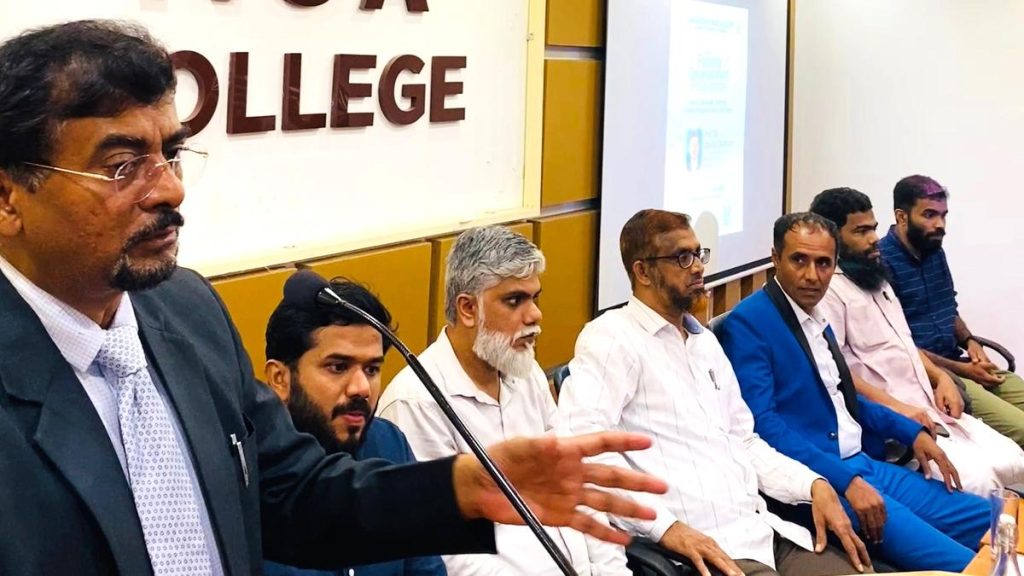Now Reading: Legal Framework Established for Cleanup of Chemically Contaminated Sites
-
01
Legal Framework Established for Cleanup of Chemically Contaminated Sites
Legal Framework Established for Cleanup of Chemically Contaminated Sites
Speedy Summary
- The Surroundings Ministry has introduced “Environment Protection (Management of contaminated Sites) Rules, 2025” under the Environment Protection Act to manage chemically contaminated sites.
- These rules establish legal procedures for identifying, assessing, and remediating contaminated sites across India, wich were previously regulated in an informal or piecemeal manner.
- Contaminated sites mainly include locations where hazardous waste was historically dumped, leading to soil, groundwater, and surface water contamination that risks human health and ecosystems.
- India currently has 103 identified contaminated sites; remediation efforts have started in only seven of these locations so far.
- New rules mandate district administrations to submit half-yearly reports on suspected sites. Preliminary assessments must be completed within 90 days by a State Board or a designated reference body. A detailed survey follows within another three months to confirm contamination levels versus permissible chemical limits from hazardous waste regulations (2016).
- Public access restrictions will apply once a site is officially confirmed as “contaminated,” with remediation plans developed by an expert reference organization.
- Under the new law:
– Responsible parties will bear clean-up costs; if untraceable or unable to pay, state/central governments will share this financial burden for remediation work.- Criminal liability provisions under the Bharatiya nyaya Sanhita (2023) could apply if proven environmental damage led to life loss or injuries.- radioactive waste-related contamination, mining pollution effects, oil spill damages at sea, and conventional solid landfill wastes are excluded as they are governed by other specific legislations.
Indian Opinion Analysis
The introduction of clear legal frameworks under the “Environment Protection (Management of Contaminated Sites) Rules” marks a significant policy shift towards structured governance in handling industrial contamination challenges. By establishing accountability mechanisms through cost recovery from polluters while clarifying government intervention avenues when necessary-India strengthens its commitment toward lasting natural resource management.
However, with only seven out of over a hundred identified contaminated sites undergoing active remediation today-and given India’s complex coordination between central/state bodies-the success hinges largely on robust implementation. Early detection timelines mandated under these laws could help avoid long-term ecological crises if deployed effectively.
Excluding categories like radioactive pollutants or deep-sea oil concerns may streamline focus but requires integrating such frameworks holistically elsewhere over time since overlapping environmental outcomes exist globally-connected systems.























